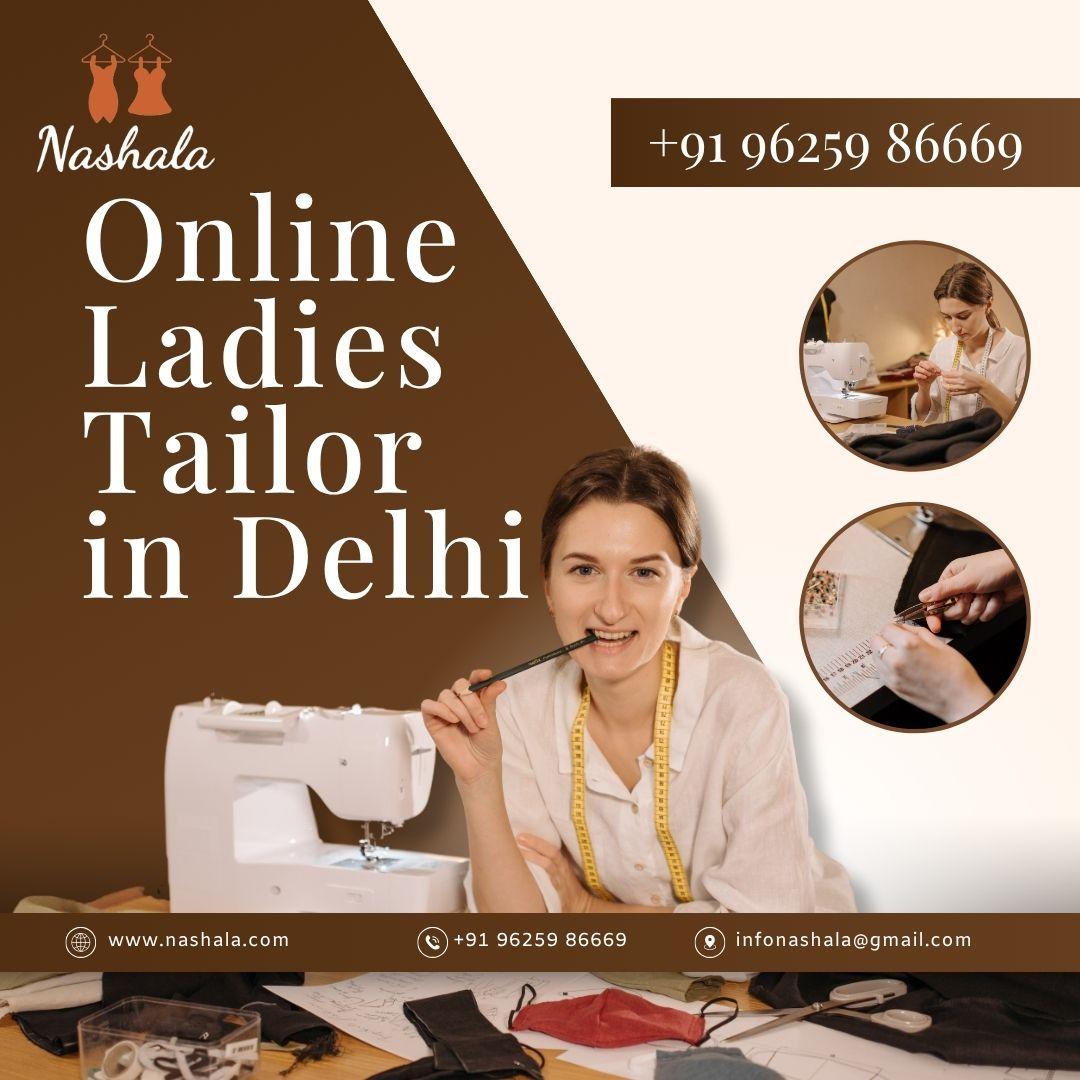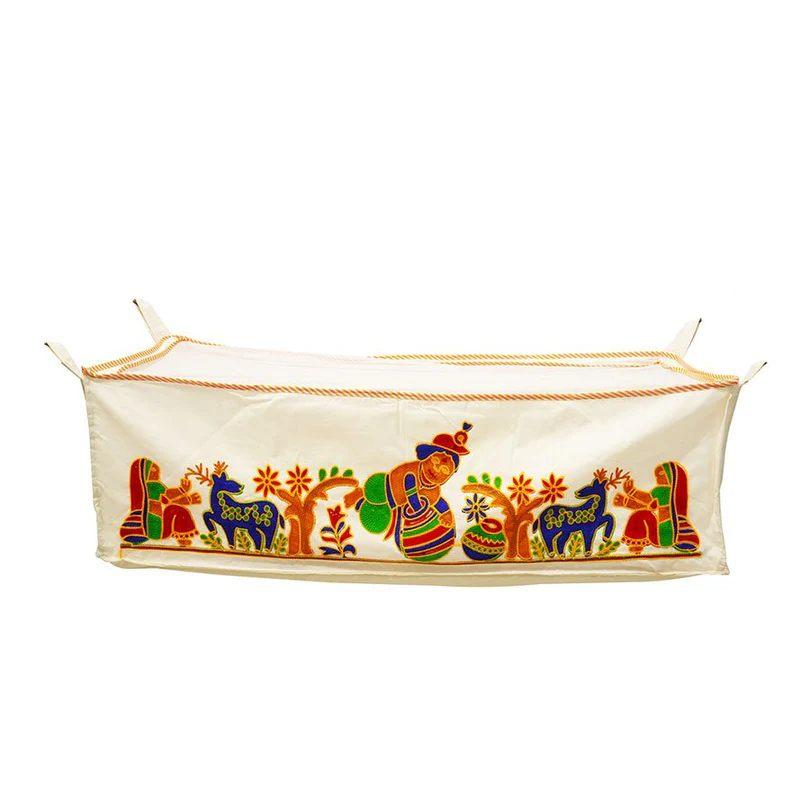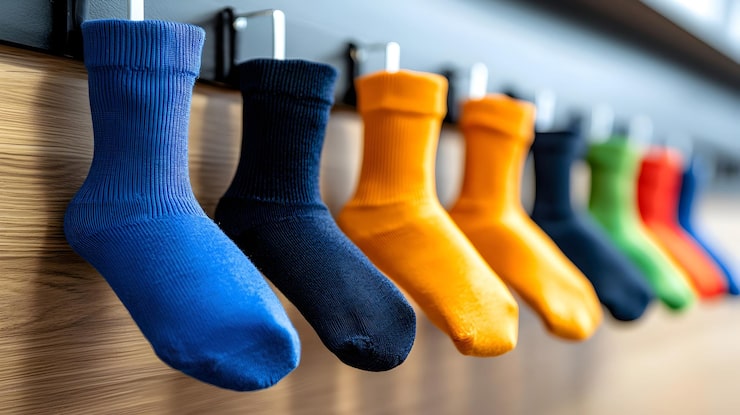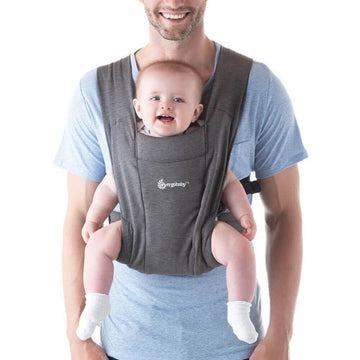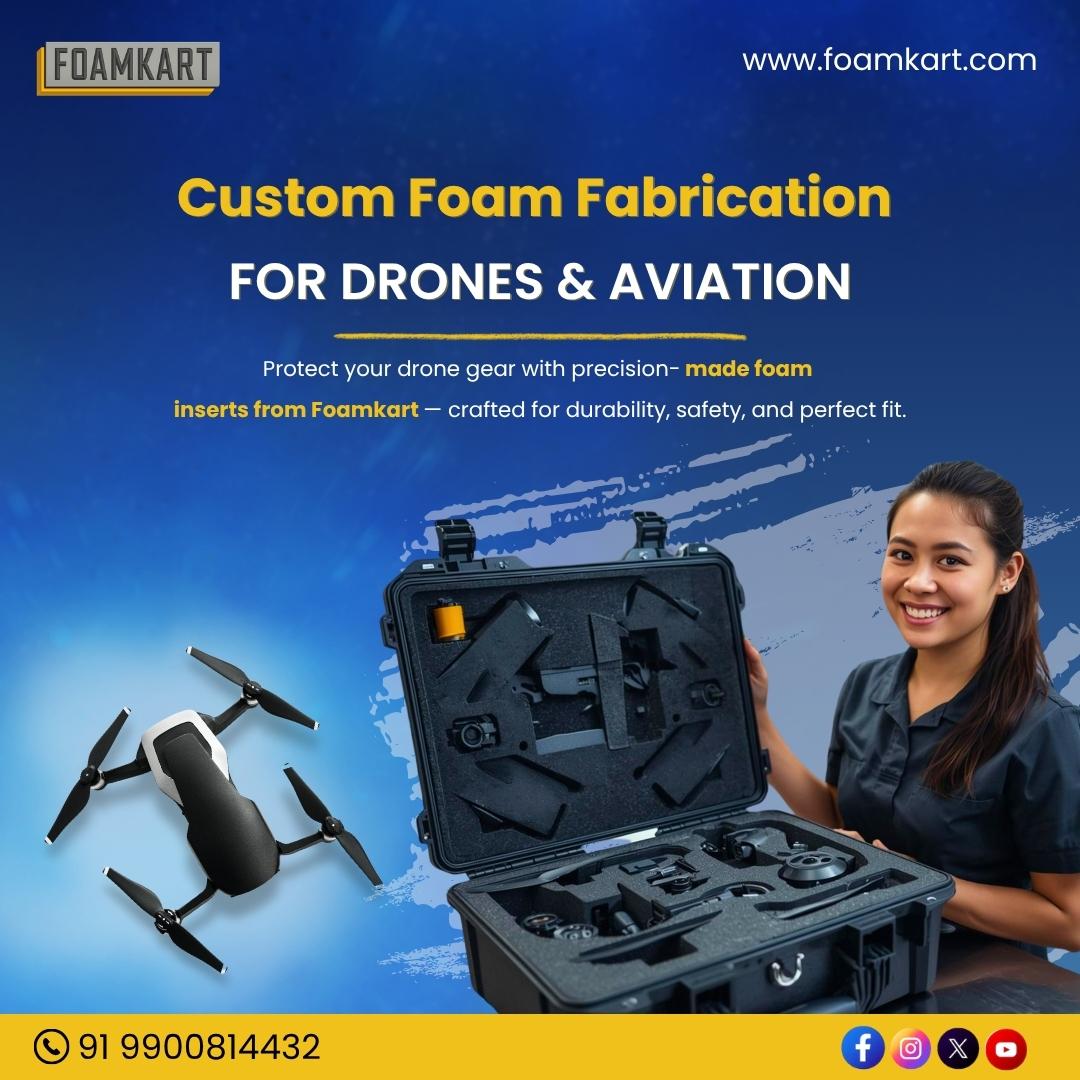Linen Polyester Knit Fabric: The Perfect Blend of Comfort and Durability
In the world of textiles, finding a fabric that balances comfort, durability, and style can be challenging. Enter linen polyester knit fabric, a versatile material that combines the best properties of natural and synthetic fibers. Whether you’re designing casual wear, home textiles, or accessories, this fabric is increasingly becoming a favorite among designers and consumers alike.
What is Linen Polyester Knit Fabric?
Linen polyester knit fabric is a hybrid material made by blending linen fibers with polyester and knitting them into a soft, stretchable fabric. Linen, derived from the flax plant, is celebrated for its breathability, natural texture, and eco-friendly qualities. Polyester, a synthetic fiber, contributes durability, wrinkle resistance, and color retention. Together in a knit structure, these fibers produce a fabric that is lightweight, flexible, and easy to maintain.
Key Benefits
Comfort and Breathability: The linen component allows air circulation, making the fabric ideal for warm climates or activewear. Its soft texture against the skin ensures long-lasting comfort.
Durability: Polyester enhances the strength of the fabric, helping it withstand repeated washing and wear without losing its shape.
Easy Maintenance: Unlike pure linen, which wrinkles easily, linen polyester knit fabric resists creases and can be machine-washed without special care.
Versatility: Its moderate stretch and drape make it suitable for a wide range of applications, from casual clothing like t-shirts and dresses to lightweight home textiles like cushion covers or throws.
Eco-Friendly Potential: By blending natural fibers with recyclable polyester, the fabric offers a more sustainable alternative to fully synthetic materials.
Applications in Fashion and Home Decor
Fashion: Linen polyester knit fabric is perfect for stylish everyday wear, including tops, skirts, and lightweight jackets. Its stretchability adds ease of movement, while its natural texture keeps garments breathable and comfortable.
Home Decor: The fabric’s durability and soft texture make it ideal for items like pillowcases, curtains, and table linens. It can withstand frequent washing without losing its shape or texture.
Caring for Linen Polyester Knit Fabric
Caring for this blended fabric is simple. Machine wash in cold water with mild detergent, and avoid high heat when drying to prevent shrinkage. Light ironing can smooth out minor wrinkles, but often the natural texture adds to the charm of the fabric.
Linen polyester knit fabric bridges the gap between natural elegance and modern practicality. Its unique combination of comfort, durability, and ease of care makes it an excellent choice for both fashion designers and home decorators. Whether you’re looking for breathable everyday clothing or long-lasting home textiles, this fabric delivers a perfect balance of style and functionality.
https://www.zjgcmfz.com/linen-polyester-knit-fabric.htmlLinen Polyester Knit Fabric: The Perfect Blend of Comfort and Durability
In the world of textiles, finding a fabric that balances comfort, durability, and style can be challenging. Enter linen polyester knit fabric, a versatile material that combines the best properties of natural and synthetic fibers. Whether you’re designing casual wear, home textiles, or accessories, this fabric is increasingly becoming a favorite among designers and consumers alike.
What is Linen Polyester Knit Fabric?
Linen polyester knit fabric is a hybrid material made by blending linen fibers with polyester and knitting them into a soft, stretchable fabric. Linen, derived from the flax plant, is celebrated for its breathability, natural texture, and eco-friendly qualities. Polyester, a synthetic fiber, contributes durability, wrinkle resistance, and color retention. Together in a knit structure, these fibers produce a fabric that is lightweight, flexible, and easy to maintain.
Key Benefits
Comfort and Breathability: The linen component allows air circulation, making the fabric ideal for warm climates or activewear. Its soft texture against the skin ensures long-lasting comfort.
Durability: Polyester enhances the strength of the fabric, helping it withstand repeated washing and wear without losing its shape.
Easy Maintenance: Unlike pure linen, which wrinkles easily, linen polyester knit fabric resists creases and can be machine-washed without special care.
Versatility: Its moderate stretch and drape make it suitable for a wide range of applications, from casual clothing like t-shirts and dresses to lightweight home textiles like cushion covers or throws.
Eco-Friendly Potential: By blending natural fibers with recyclable polyester, the fabric offers a more sustainable alternative to fully synthetic materials.
Applications in Fashion and Home Decor
Fashion: Linen polyester knit fabric is perfect for stylish everyday wear, including tops, skirts, and lightweight jackets. Its stretchability adds ease of movement, while its natural texture keeps garments breathable and comfortable.
Home Decor: The fabric’s durability and soft texture make it ideal for items like pillowcases, curtains, and table linens. It can withstand frequent washing without losing its shape or texture.
Caring for Linen Polyester Knit Fabric
Caring for this blended fabric is simple. Machine wash in cold water with mild detergent, and avoid high heat when drying to prevent shrinkage. Light ironing can smooth out minor wrinkles, but often the natural texture adds to the charm of the fabric.
Linen polyester knit fabric bridges the gap between natural elegance and modern practicality. Its unique combination of comfort, durability, and ease of care makes it an excellent choice for both fashion designers and home decorators. Whether you’re looking for breathable everyday clothing or long-lasting home textiles, this fabric delivers a perfect balance of style and functionality.
https://www.zjgcmfz.com/linen-polyester-knit-fabric.html




